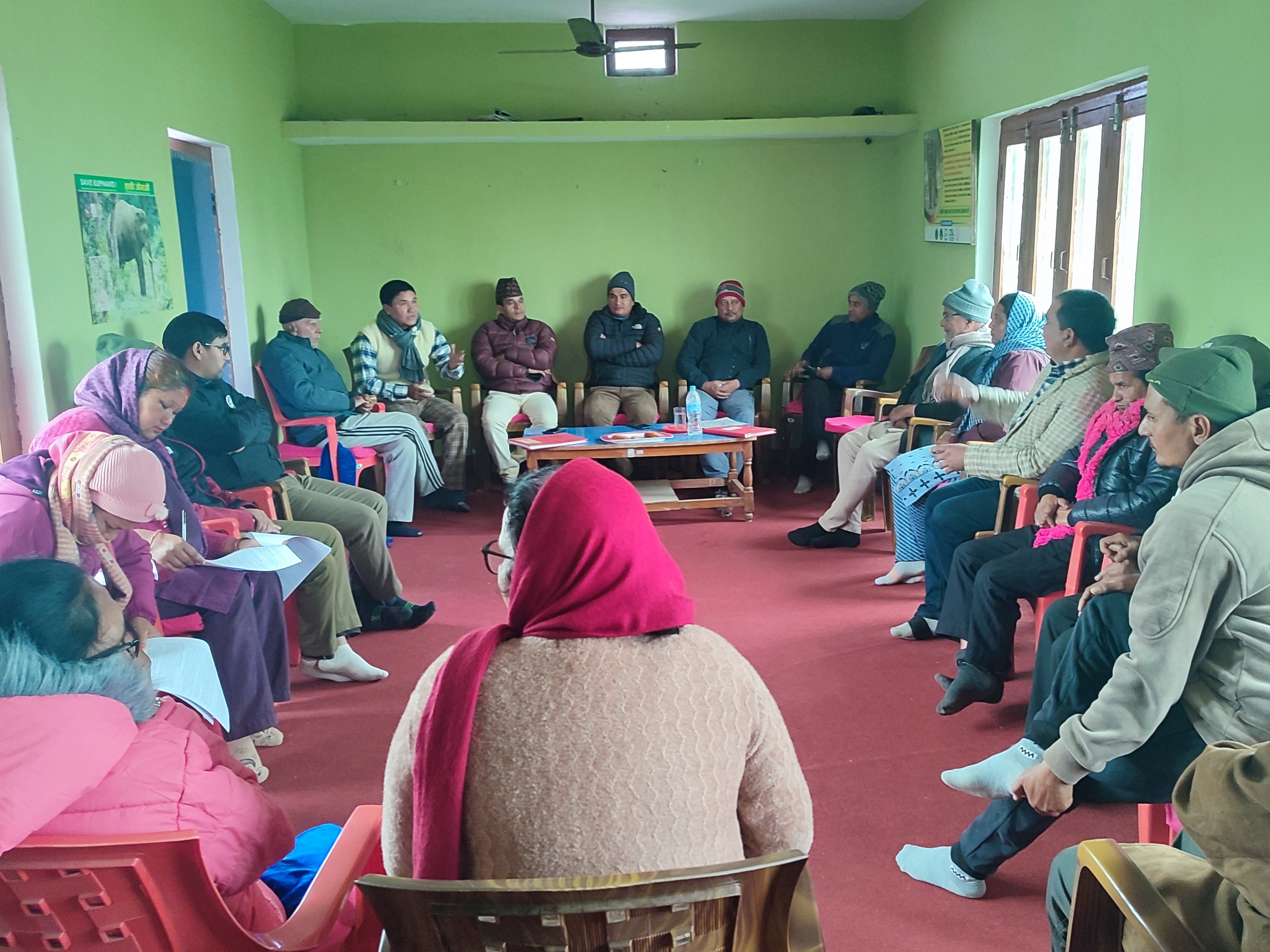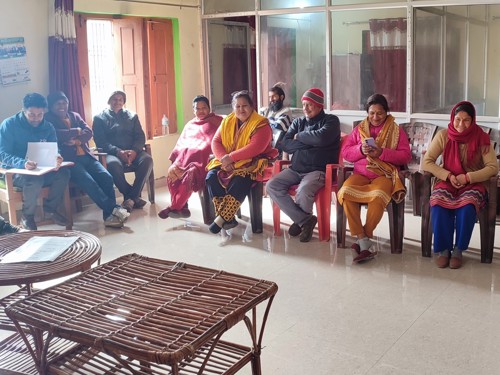Healing through a Quick Relief Fund

Meeting of Trishakti Quick Relief Fund in Kanchanpur, Nepal. Credit - Santosh Paudel.
An innovative way to provide financial help for families affected by human-wildlife conflict
Living close to nature brings many blessings, but it also comes with risks. For families in buffer zones surrounding protected areas, encounters with wild animals can tragically result in injuries, the loss of loved ones, and heavy financial burdens.
The Government of Nepal has established the Wildlife Damage Relief Support Scheme to assist victims of human-wildlife conflict. While this support has been a vital lifeline, the process of receiving relief can take time. For a grieving family struggling to cover hospital bills or arrange final rites, these delays can deepen their suffering. Recognising this urgent need for support, ZSL Nepal stepped in with a compassionate solution — the Quick Relief Fund (QRF).
The QRF is designed to provide immediate financial assistance to those affected by human-wildlife conflict. Managed in close collaboration with the Buffer Zone User Committees (BZUCs) and endorsed by the Senior Conservation Officer of the respective national park, the fund is managed using the QRF Mobilisation Guideline. This ensures transparency, accountability, and above all, timely help when it is needed the most.
In rural Nepal, the sudden costs of medical treatment or funeral expenses can overwhelm families already dealing with trauma. The QRF offers immediate cash support to cover hospital fees, ambulance costs, and final rites for those who have lost their lives in wildlife encounters. Once the government’s official relief is received as per the Wildlife Damage Relief Distribution Guidelines, 2080 B.S., beneficiaries return the support to the fund, ensuring its continuity for others in need.
Since its introduction, the impact of the QRF has been deeply felt across communities. ZSL Nepal has established 22 QRFs across 4 projects supported by the Biodiversity Challenge Funds:
The investment in each site varies, ranging from 150,000 Nepalese rupees (£790) to over 1.15 million Nepalese rupees (£6,070), depending on the number of households in the site. To date, the QRF has been used seven times to support families during moments of loss and injury caused by human-wildlife conflict.
Each use of the fund represents more than just financial assistance – it symbolises solidarity, compassion, and the reassurance that communities are not alone in their struggles.
"This support has not only eased financial stress but also strengthened the bond of trust between the community, the park, buffer zone institution and conservation partners.”
Sharing his thoughts on the initiative, Mr. Kamal Rai, Secretary of Manahari Buffer Zone User Committee, Parsa National Park said: “When people face the shock of losing a loved one or dealing with severe injuries from wildlife attacks, time becomes critical. The Quick Relief Fund has helped us stand beside affected families when they needed us the most. It gives them immediate breathing space until the government relief arrives. This support has not only eased financial stress but also strengthened the bond of trust between the community, the park, buffer zone institution and conservation partners.”
The QRF reflects ZSL Nepal’s commitment to addressing the human dimensions of conservation through partnership with the governmental and public stakeholders. While protecting endangered species is crucial, safeguarding the well-being of people who share their landscapes with wildlife is equally important. By helping communities heal quickly and with dignity, ZSL Nepal ensures that conservation is not a burden, but a shared journey built on trust and mutual care. QRF is one of the lasting legacies of the Darwin Initiative and IWT Challenge fund projects which will continue to support local communities beyond the project duration.
As the stories of families supported by the QRF spread, so does hope; hope that no one has to walk alone in times of crisis, and that together, people and wildlife can continue to thrive in Nepal’s diverse landscapes.
Written by Asmita Pandey. For more information about the featured projects, led by Zoological Society of London (ZSL), please click the links below.
- DAREX008 - Championing change: Living in harmony with wildlife in lowland Nepal.
- 29-011 - Terai Arc: Community stewardship to secure wildlife corridors and livelihoods.
- 30-005 - Protection to community engagement: Managing Nepal’s youngest transborder National Park.
- IWT135 - Combating IWT: Strengthening partnerships and promoting resiliency of local communities.


 Back
Back